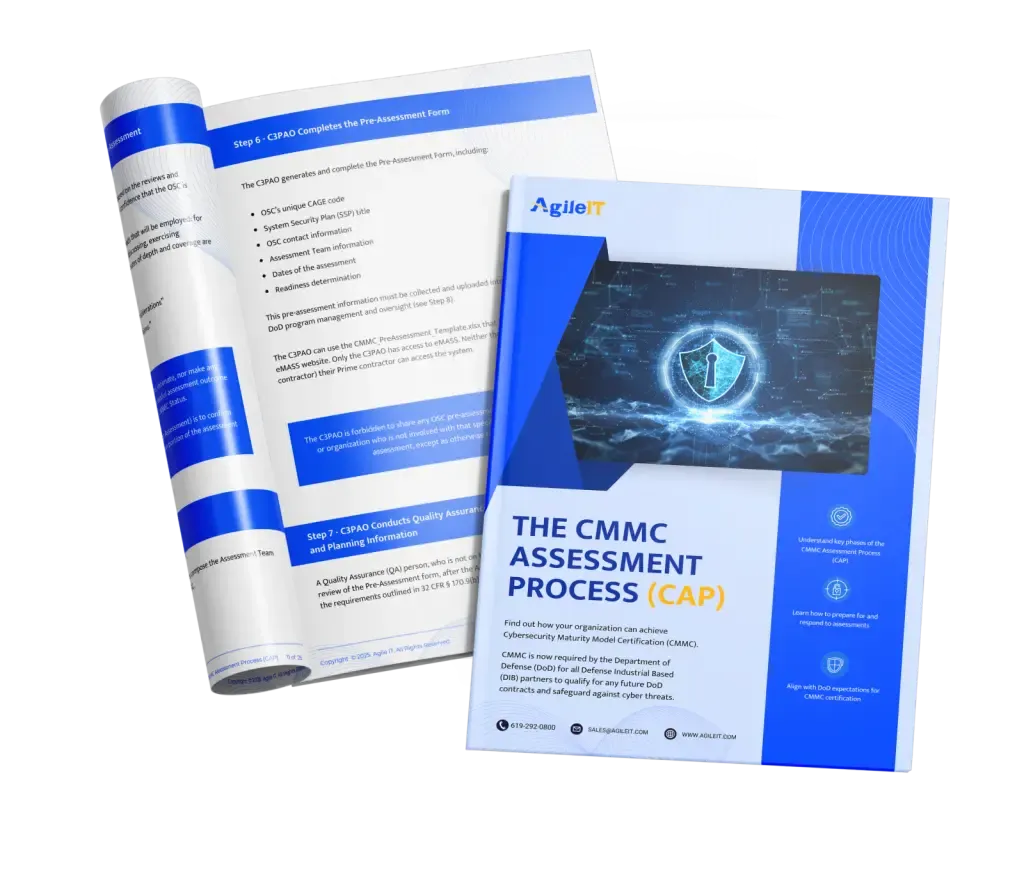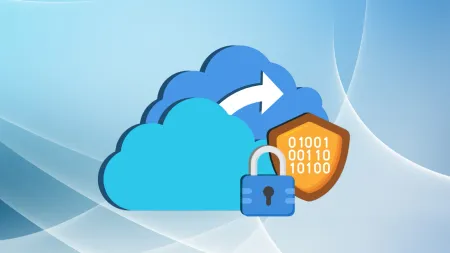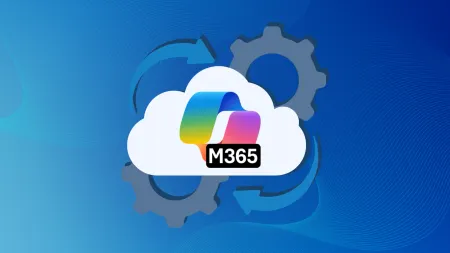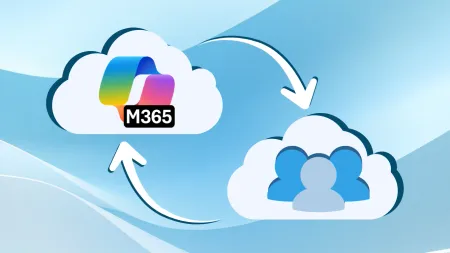NIST 800-171 and NIST 800-53 Alignment: How They Work Together
Learn how NIST 800-171 and NIST 800-53 align and overlap. Explore mapping strategies that help federal agencies and contractors streamline compliance and prepare for CMMC.

This is Post #2 of our NIST 800 Compliance Overview Series
Catch up on the first post and then finish the series:
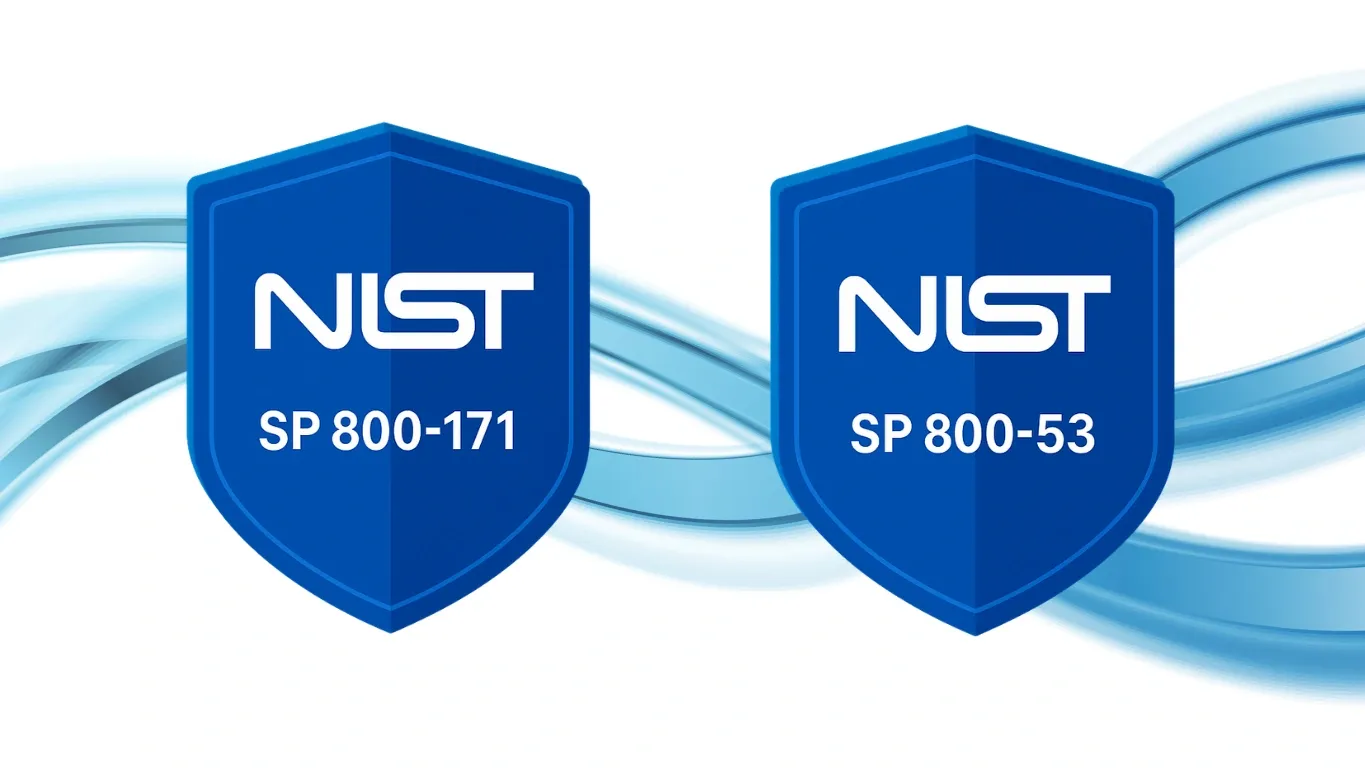
NIST SP 800 In the fast-moving world of cybersecurity compliance, it is easy to get lost in the sea of acronyms and overlapping frameworks. NIST SP 800-53 and NIST SP 800-171 are two of the most common security standards, and while they share a common goal of protecting sensitive information, they serve very different roles in your compliance posture. Are you confused yet? I was! Let’s break down the core differences.
NIST SP 800-53 is a comprehensive catalog of security and privacy controls that federal agencies use to secure their information systems under the requirements of the Federal Information Security Modernization Act (FISMA). While FISMA directs federal agencies to follow NIST guidance (typically 800-53), third-party assessments are determined by the specific compliance framework in use (e.g., FedRAMP, CMMC) and are not mandated directly by 800-53 itself.
NIST SP 800-171, on the other hand, was built to bring federal guidelines principles to the private sector, specifically for those organizations that do business with the U.S. government. Adapted from NIST SP 800-53, it streamlines the more complex controls of NIST SP 800-53 into clear, actionable set of 110 requirements across 14 families. Its primary goal is to protect Controlled Unclassified Information (CUI), while residing in nonfederal information systems.
Although NIST SP 800-71 and NIST SP 800-53 are aimed at different audiences, alignment is the key to the frameworks working together. Both are continuously updated to help protect personal information and sensitive data from unauthorized access and malicious attacks.
Where 800-171 and 800-53 Align
With 110 security requirements in 14 families, 800-171 is significantly smaller than the extensive catalog of over 1000 controls across 20 families of 800-53. Because 800-171 was derived from the Moderate Baseline of 800-53, there is some overlap among the publications.
Control families where the two align, along with their functions, include:
-
Access Control (AC) - Controls access to information systems and resources based on authorized users, processes, and devices, and the actions they are permitted to take.
-
Awareness and Training (AT) - Ensures all users are made aware of security risks and receive appropriate training on security policies, procedures, and responsibilities.
-
Audit and Accountability (AU) - Generates, protects, reviews, and retains audit records to enable the monitoring, analysis, investigation, and reporting of unlawful or unauthorized activity.
-
Configuration Management (CM) - Establishes and maintains baseline configurations and inventories of information system components.
-
Identification and Authentication (IA) - Identifies and authenticates users, processes, and devices before granting system access.
-
Incident Response (IR) - Establishes operational capability for incident handling, including preparation, detection, analysis, containment, recovery, and user response activities.
-
Maintenance (MA) - Performs, documents, and controls maintenance on information system components to ensure continued security and functionality.
-
Media Protection (MP) - Protects both digital and non-digital media containing CUI through proper handling, storage, transport, and disposal.
-
Personnel Security (PS) - Ensures individuals occupying positions of responsibility are trustworthy and suitable, and that access to CUI is terminated appropriately when employment ends.
-
Physical and Environmental Protection (PE) - Limits physical access to systems, equipment, and operating environments, and protects them from physical and environmental hazards.
-
Risk Assessment (RA) - Conducts periodic risk assessments to determine the likelihood and impact of threats to CUI and organizational operations.
-
Security Assessment (CA) - Assesses the effectiveness of security controls, develops plans of action to correct deficiencies, and monitors ongoing compliance.
-
System and Communication Protection (SC) - Monitors, controls, and protects information transmitted or received by information systems, ensuring confidentiality and integrity
-
System and Information Integrity (SI) - Identifies, reports, and corrects information and system flaws.
The security requirements in 800-171 map directly back to one or more security controls within 800-53. This overlap is intentional and focuses exclusively on the controls necessary to protect the confidentiality of CUI.
Why Alignment Matters
The primary reason for 800-171 and 800-53 alignment is to establish a consistent, yet manageable, catalog of security requirements for non-federal organizations hired to handle sensitive government information. The two publications share a common set of best practices and security concepts to ensure that the controls implemented by federal contractors are based on the same security standards used by federal agencies themselves.
The fundamental goal of both 800-171 and 800-53 is to protect U.S. government information. Agencies working with contractors rely on this common language, and by leveraging shared controls, contractors can streamline compliance. This helps to prepare for CMMC.
NIST Crosswalks
The NIST SP 800-171 publication includes an appendix that shows the informal mapping of each of the 110 requirements to the corresponding controls in 800-53. Newer versions provide a CUI Overlay that shows which 800-53 controls are chosen and tailored to protect CUI. This is the primary and official source for alignment.
Single Compliance Program
A common strategy for organizations that need to comply with both frameworks across different systems involves establishing common controls at the organizational level. Once common controls are inherited, system-specific controls are focused on for implementing 800-171. This eliminates redundant work and ensures consistency across the enterprise.
Microsoft 365 Government Tools
The Microsoft 365 GCC High environment was designed to assist organizations align with both 800-171 and 800-53 It offers in-scope services, templates and mapping tools (e.g., via Microsoft Purview Compliance Manager) and built-in capabilities (like identity governance via Entra ID, endpoint defence via Defender) that help organizations align their technical controls. Note that you will not achieve full compliance However, achieving full compliance still requires proper configuration, operational practices, policy/procedure implementation, and controls beyond the Microsoft service scope.”
Managed Security Service Providers (MSPs)/Registered Practitioner Organizations (RPOs)
MSSPs like AgileIT help businesses maintain alignment. Our CMMC Compliance Management program, Agile Thrive, provides expert guidance based on your needs, so your organization can confidently meet CMMC requirements.
We help you:
- Understand requirements
- Close security gaps
- Prepare for audits
- Balance security and usability
- Maintain compliance
As an RPO, we offer proven strategies, industry expertise, and consultation to help you overcome every compliance challenge.
Alignment simplifies compliance, reduces duplication, and strengthens your security posture. To save time and prepare for future audits, contact us today.
